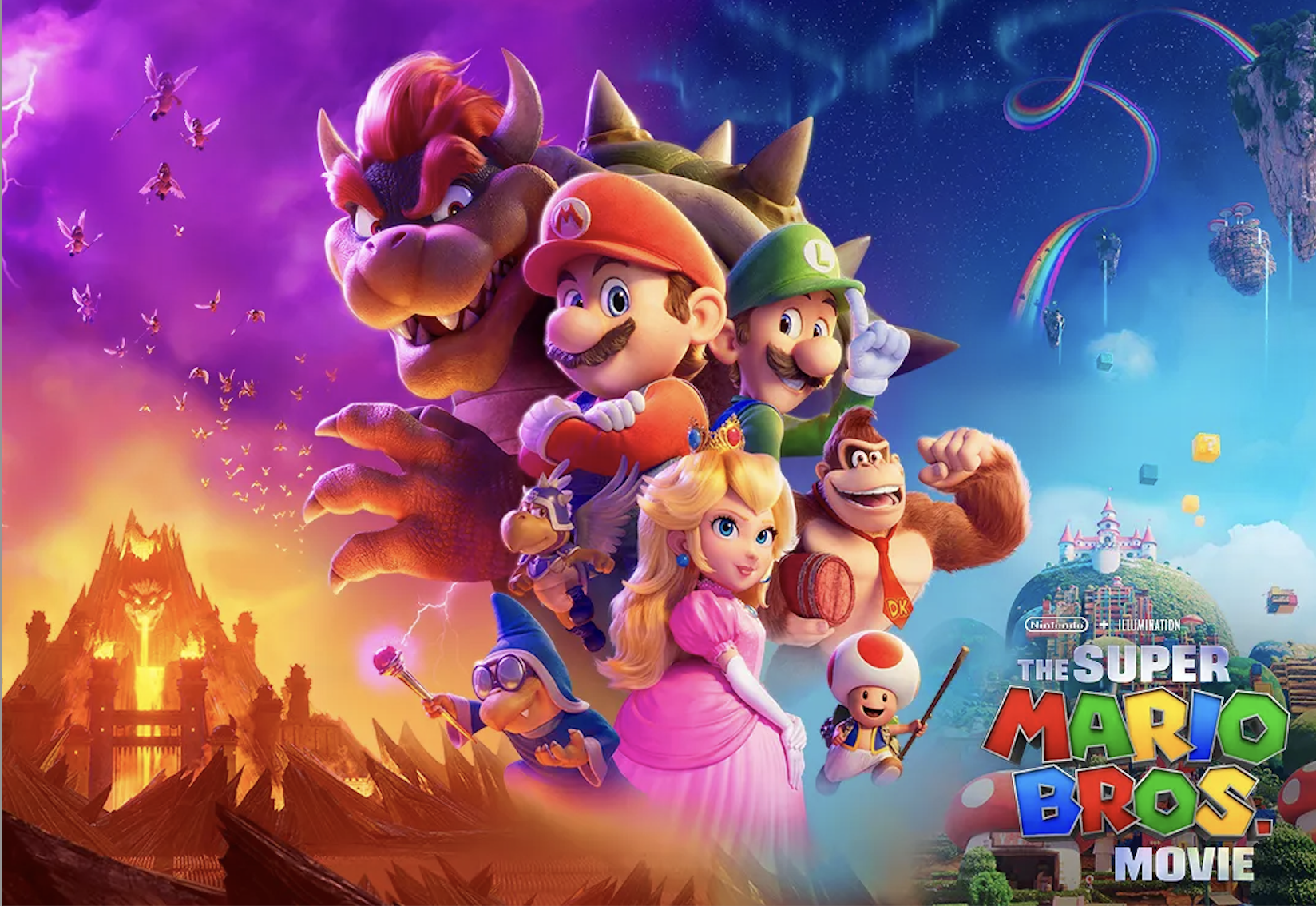What Makes a Good Video Game Adaptation?
Written by Jacob Butler
Thumbnail & Banner Photo by Olena Bohovyk on Unsplash
Since their inception, video games have profoundly impacted the lives of millions of people worldwide, and it seems the world is just starting to take notice. For a long time, video games were seen only as a niche and bizarre hobby, but now that they've been proven to be a wildly successful and influential enterprise, other industries have been looking to cash in on their success.
Photo by Universal Pictures
Nowhere is this shift seen so clearly than in movies and T.V., where video game adaptations have been growing steadily more popular. Movies like The Super Mario Bros. Movie, Sonic the Hedgehog, and Mortal Kombat were all wildly successful, and movie studios have been rushing to bring as many video games as possible to the big screen.
Unfortunately, for every great and successful video game adaptation, there have been just as many bad ones that are received horribly by fans and critics alike. This begs the question: What makes video game adaptations good? Why are they so popular, and what should we expect from them? Perhaps the most important part of creating a well-liked video game adaptation is understanding and respecting the game being adapted. This may seem obvious to some, but historically, the movie and T.V. industries have shown an immense lack of faith in the properties they've adapted. Movies like the original Super Mario Bros. (1993) and Doom (2005), while taking some character names and minor plot beats, made sure to change everything else.
Photo from IMDb
These movies made huge changes to the stories of the games, invented new characters, and drastically changed the designs of the characters and world to the point where they would be utterly unrecognizable to fans. Filmmakers chose to ignore and avoid the property they were based on to instead focus on adhering to the conventions at the time, which annoyed fans and confused audiences. Studios are often desperate to make films that appeal to everyone, but video games don't appeal to everyone. People watch video game adaptations because they're expecting a movie that represents the video game it's based on, otherwise they could just watch any other movie, so failing to represent the adapted material properly will only cause people to lose interest.
This lesson is still being learned, with companies constantly focusing too much on the average consumer instead of understanding why people come to see these movies. For example, Paramount created a much more humanoid version of Sonic the Hedgehog for the Sonic the Hedgehog Movie, only to face immense backlash and eventually restore him to a design far more reminiscent of his video game counterpart. Movie studios are slowly realising that they can't keep ignoring the source material when making their adaptation.
Photo from IMDb
While it's good that video games have been steadily earning more respect, it's also important to understand what it means to respect the source one is adapting from. Many adaptations, like the Halo T.V. show, have a lot of the iconography from the games, with some accurate gun, enemy, and armour designs. However, the game is still known by fans to be a horrible adaptation. One reason for that is the way it treats the game's characters. Master Chief is the main character of the Halo games and the show. In the games, he's a very stoic character. He had been trained as a Spartan, an extremely powerful class of warriors, to help humanity stand a chance against their alien enemies, and as such, he is far more goal-oriented and far less emotional than most. The show, however, depicts him very differently, showing him to be very emotional and far more vulnerable than he'd ever been in the games. For many fans, this character change left them feeling betrayed, like this show was insulting to the game it was based on. It's not hard to see why, as there is a clear disconnect between the character of the game and what the show is trying to convey.
While video game adaptations don't necessarily have to be one-to-one with the property they're based on, their creators do have to understand why the video game's designers made the choices they did. Characters like Master Chief, Sonic, and Mario are depicted in very particular ways for very specific reasons relating to their personality, the world they live in, and the kind of experience game designers were looking to create. So if you want to change aspects of their games for a movie, you need to consider whether that change works better than what the game developers initially intended.
Video game adaptations are on the rise and will likely continue to grow in popularity in these coming years. As such, it's important to stand against ones that disrespect and discredit the games they're based on. It's great that other industries are finally giving video games more respect, but if we want to see them flourish in this new landscape, we should up for them and ensure that companies take the time and effort to truly understand and respect them.




